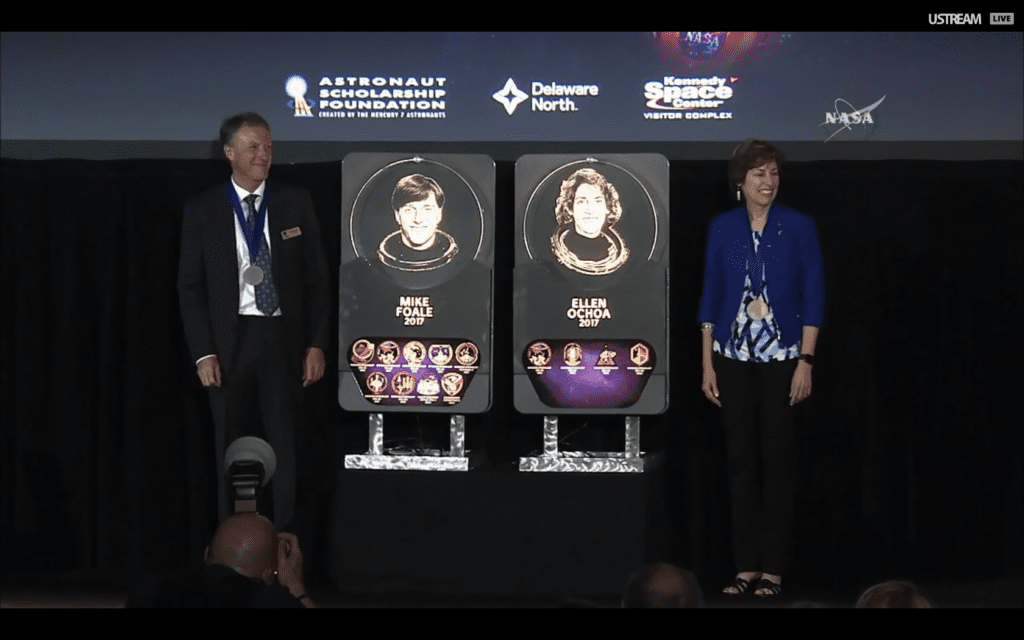Two more NASA Astronauts join the U.S. Astronaut Hall of Fame in recognition of their achievements, bringing the total number of those honored as such to 95.
Ellen Ochoa, the first Hispanic woman to travel to space and current director of NASA’s Johnson Space Center in Houston alongside Michael Foale, the only U.S. astronaut who can boast service on both the ISS and Russian space station Mir have been inducted into the Astronaut Hall of Fame on Friday in recognition of their unique achievements.
The ceremony in honor of their naming was presided over by Bob Cabana, the director of NASA’s Kennedy Space Center in Florida and a fellow hall of famer, which was held at Kennedy’s visitor complex.
Otherworldly achievements
After earning a doctorate in electrical engineering from Stanford University, Ochoa joined the agency in 1988 as a research engineer at NASA’s Ames Research Center in California. Two years later, she joined the Johnson team as an astronaut candidate and served the 9-day long STS-56 mission aboard Discovery after completing astronaut training. As part of the mission, she studied the atmosphere to understand how solar activity impacts Earth’s climate and the environment in general.
She has flown to space four times on the STS-56, STS-66, STS-96 and STS-110 missions, logging an impressive 1,000 hours off-planet. She is Johnson’s first Hispanic director and the center’s second female director, and has also served as its deputy director and director of Flight Crew Operations.
Foale, a naturalized U.S. citizen, earned a doctorate in laboratory astrophysics at the University of Cambridge, Queens’ College. He was selected as an astronaut candidate in June 1987, and before his maiden flight helped test the flight software in the Shuttle Avionics Integration Laboratory simulator.
He has taken part in six different space missions: STS-45, STS-56, STS-63, STS-84, STS-103 and Soyuz TMA-3, and good thing he did, too. During STS-84, Foale was one of the brave few who patched Mir back to working conditions after the station was crippled by a collision and subsequent depressurization. Overall, Foale has some 374 days in space under his belt, and four spacewalks totaling some 22 hours and 44 minutes.
What’s more, Foale served as chief of the Astronaut Office Expedition Corps, assistant technical director of Johnson, as well as deputy associate administrator for exploration operations at NASA’s Washington headquarters. His last assignment before retiring in 2013 was as chief of the Soyuz Branch, Astronaut Office at Johnson, supporting Soyuz and International Space Station operations and space suit development.










